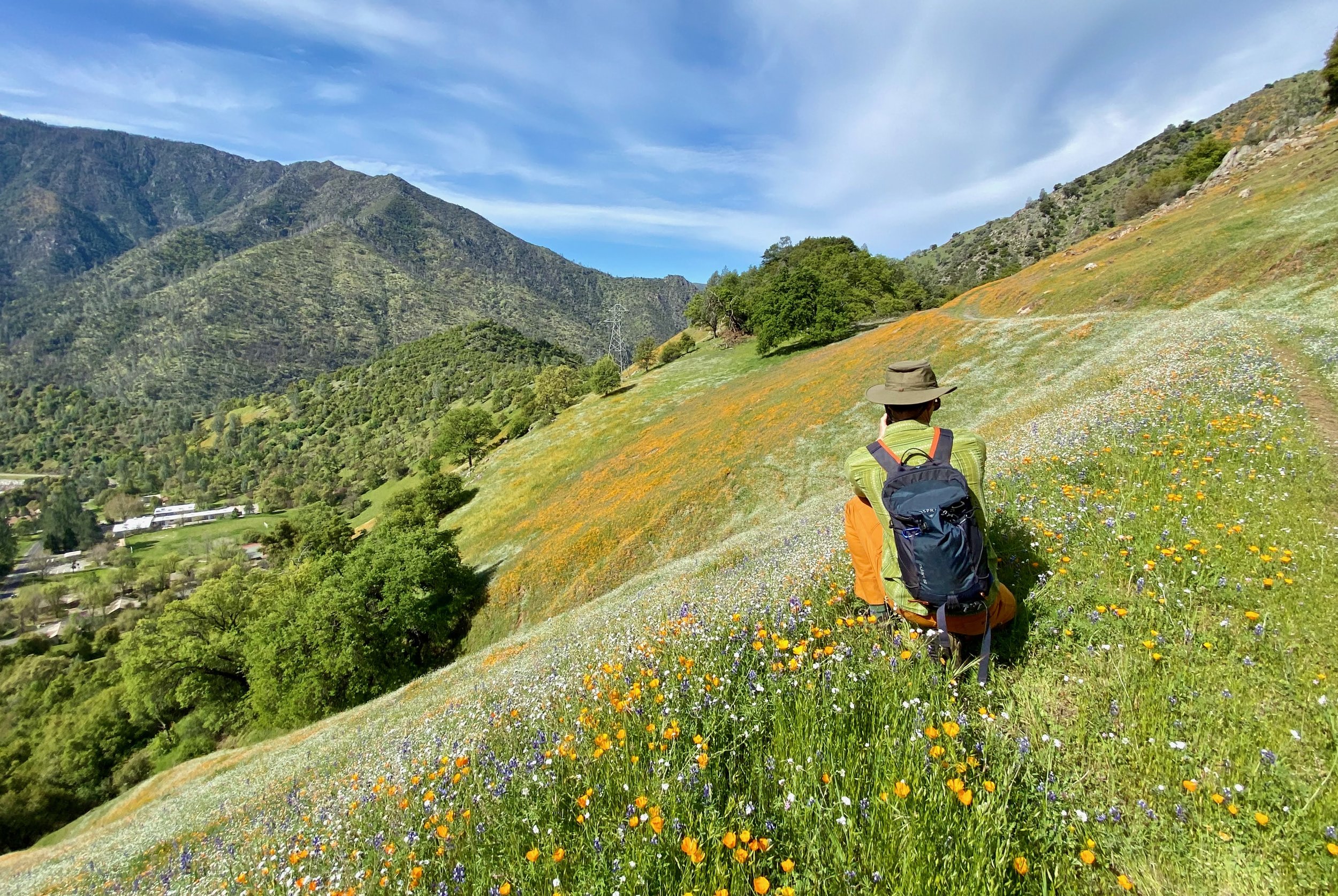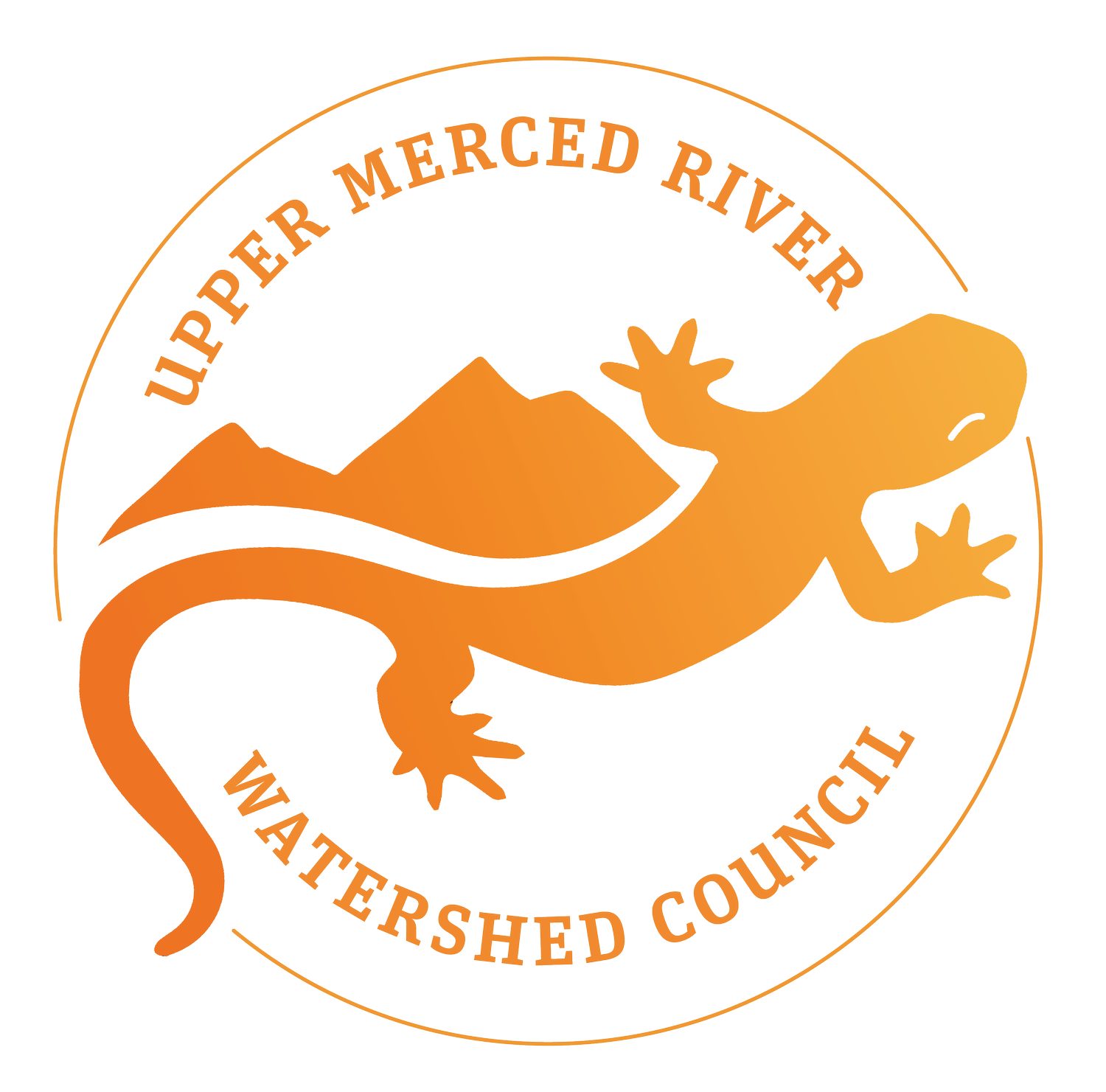Merced River Values
The Merced and its South Fork were designated as Wild and Scenic in 1987 because of their free-flowing condition, excellent water quality, and the possession of rare, unique or exemplary values. The Upper Merced River Watershed Council is dedicated to helping our federal partners protect and enhance these values. Explore below to discover what makes the Merced Wild and Scenic River stand apart from all other rivers in the nation.
Outstandingly remarkable values (ORVs) are the "rare, unique, or exemplary" river-related or river-dependent features that make the river stand apart from all other rivers in the region/nation.
Here are the some of the values that make the Merced Wild and Scenic River special.
Language and ORV information from Yosemite National Park, U.S. Forest Service and Bureau of Land Management.
Biological Values
From the wilderness headwaters in Yosemite National Park to low elevation foothills, the Merced River supports a suite of ecosystems and provides unique habitat for rare and diverse plant and wildlife species.
Geological and Hydrologic Values
The Merced River is a product of unique geologic and hydrologic processes, with classic, glacially carved canyons, steep cascades, stair-step morphology, alluvial landscapes, exemplary boulder bars, and more.
Scenic Values
Throughout its length, the Merced River flows through dramatic landscapes that have few parallels. The river provides a natural complement to Yosemite’s world-renowned scenery and Sierra Nevada vistas.
Recreational Values
The Merced River provides for exceptional river-related recreational opportunities, and the dramatic and picturesque setting is central to these recreational experiences. Settings range nearly the entire stretch of the river - from the undeveloped wilderness and iconic views in Yosemite National Park through the Sierra Nevada foothills to the inlet at Lake McClure.
Cultural Values
The continuum of human use along the Merced River and its South Fork encompasses millennia of diverse peoples, cultures, and uses. American Indian and late 19th-century American cultures made these rivers home because of year-round water in extraordinary settings.
Continuing the Conversation
Related Posts










